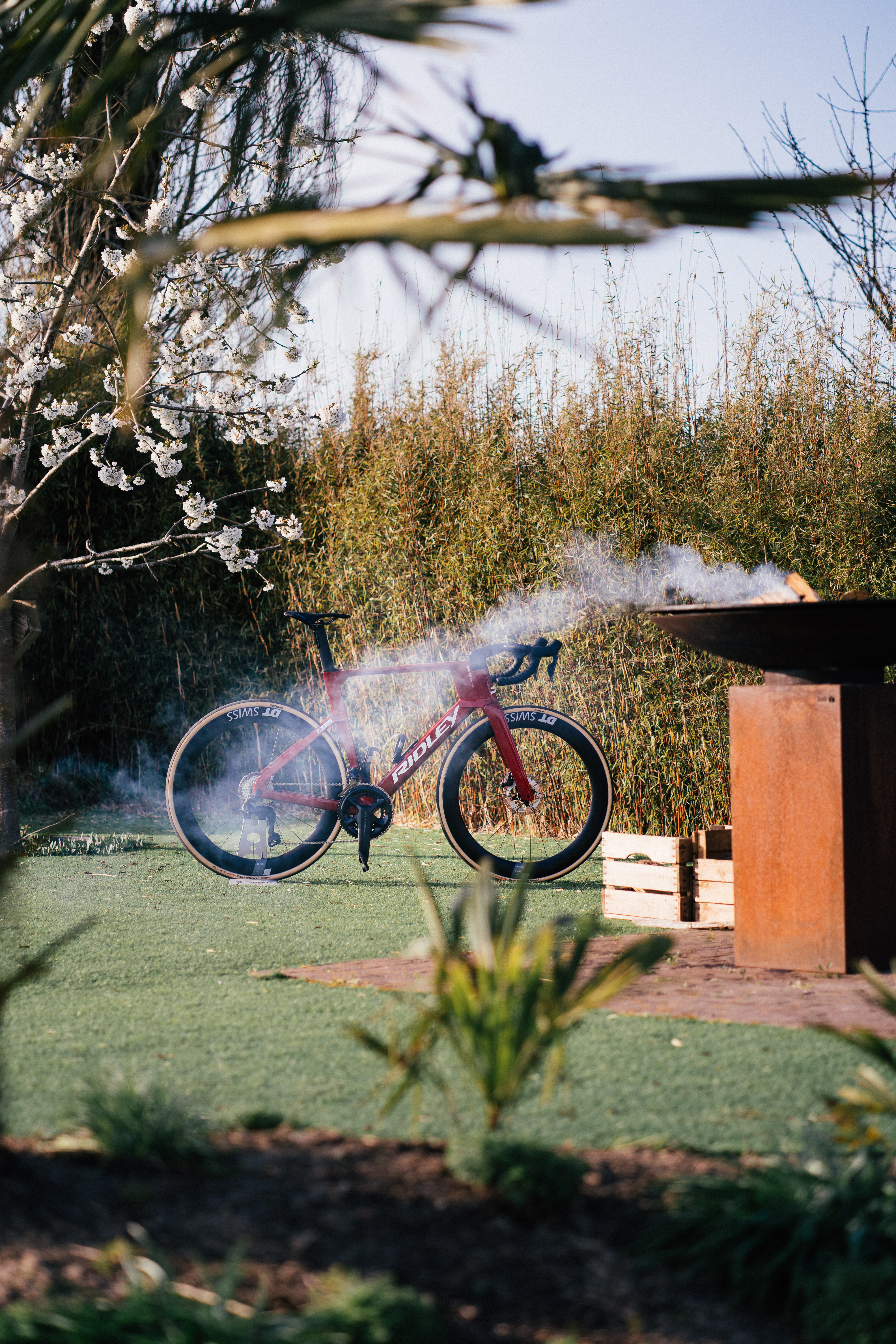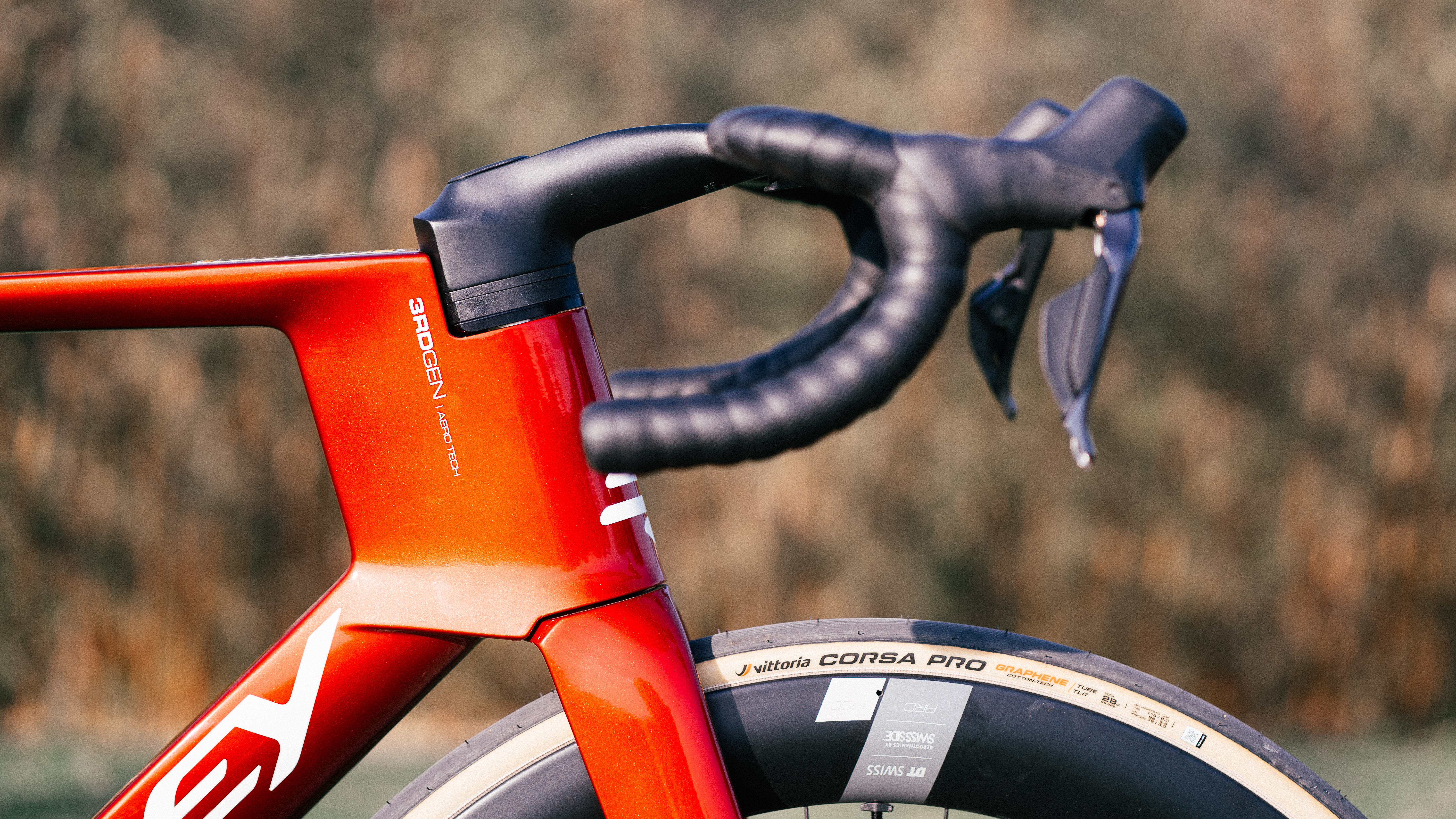
When you think of the stable of thoroughbred aero bikes you’ll probably think of the Cervélo S5, Canyon Aeroad, the old Trek Madone, or maybe the Specialized Venge (RIP). If you don’t add the Ridley Noah to that list then your mental list has quite the omission. A full decade ago the Noah pioneered the use of aero rim brakes, tucked behind the fork crown and integrated into the seat stays - fortunately a trend we’ve left behind, but something that was co-opted by other brands.
Roll on ten years, and several iterations of the bike, and you get the Noah Fast 3.0, perhaps the most radical aero bike of the modern generation alongside the Colnago Y1Rs, at least from a visual perspective. The absolutely massive headtube is going to draw the eye and the headlines, but there’s more to this bike than just big tubes. You can read about more of the spec and build details in our Noah 3.0 news piece. Thanks to changing UCI rules on bike design, and the fact it takes at least two years to conceive and create a new bike, this feels like the first of a new crop of bikes.
I spent a whole week riding the new Ridley Noah Fast 3.0 around Belgium and northern France, taking in the ferocious cobbled climbs of the Tour of Flanders, some pan-flat efforts on sensational cycle lanes, and plenty of winding, twisty, broken backroads that characterise so many of the early season races.
I am always loath to simply restate marketing phrases, and as such I’m conscious that the headtube says ‘3rd gen aero tech’ on it - you could probably have written this whole review on it and had room to spare - but I think that is probably about right.
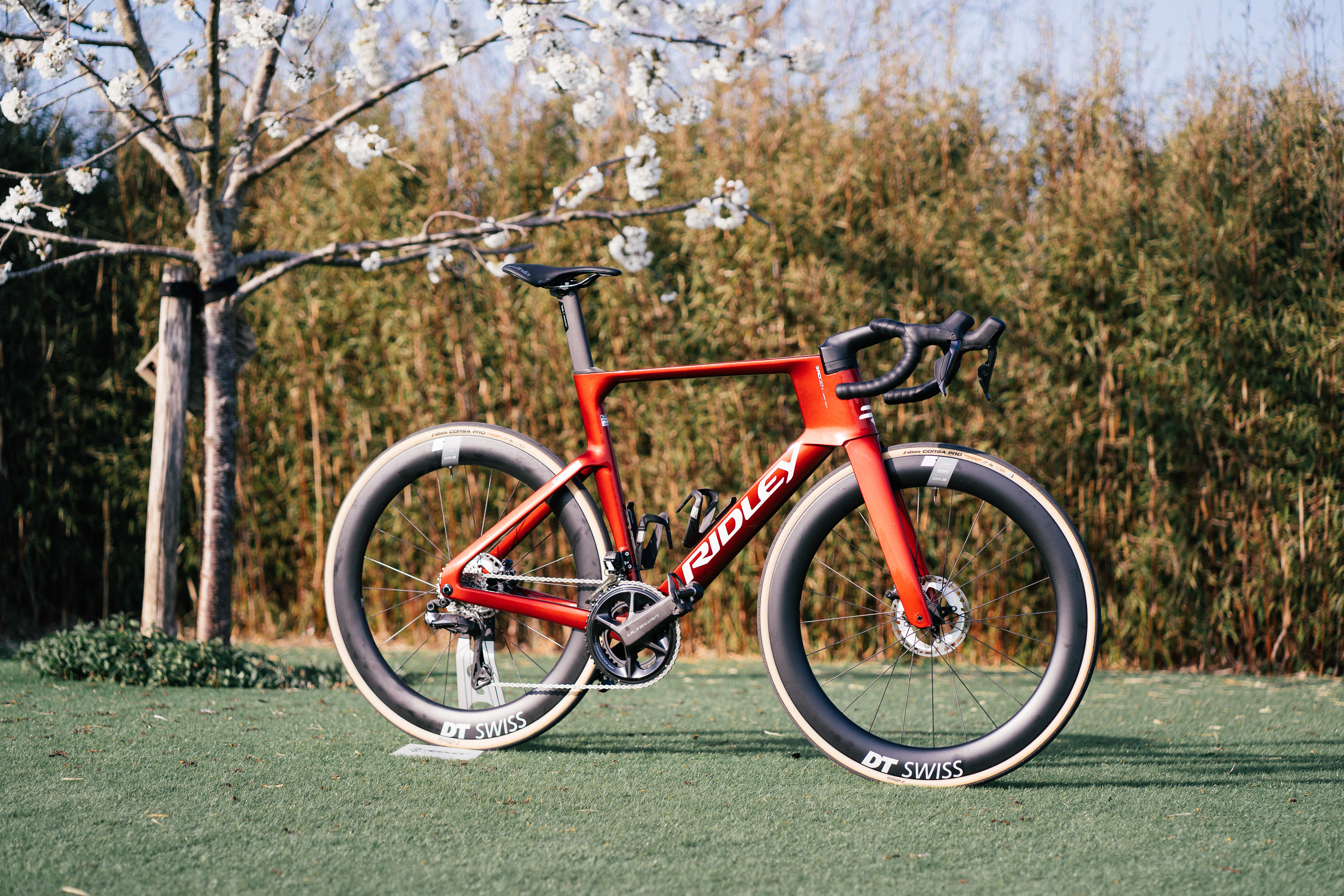
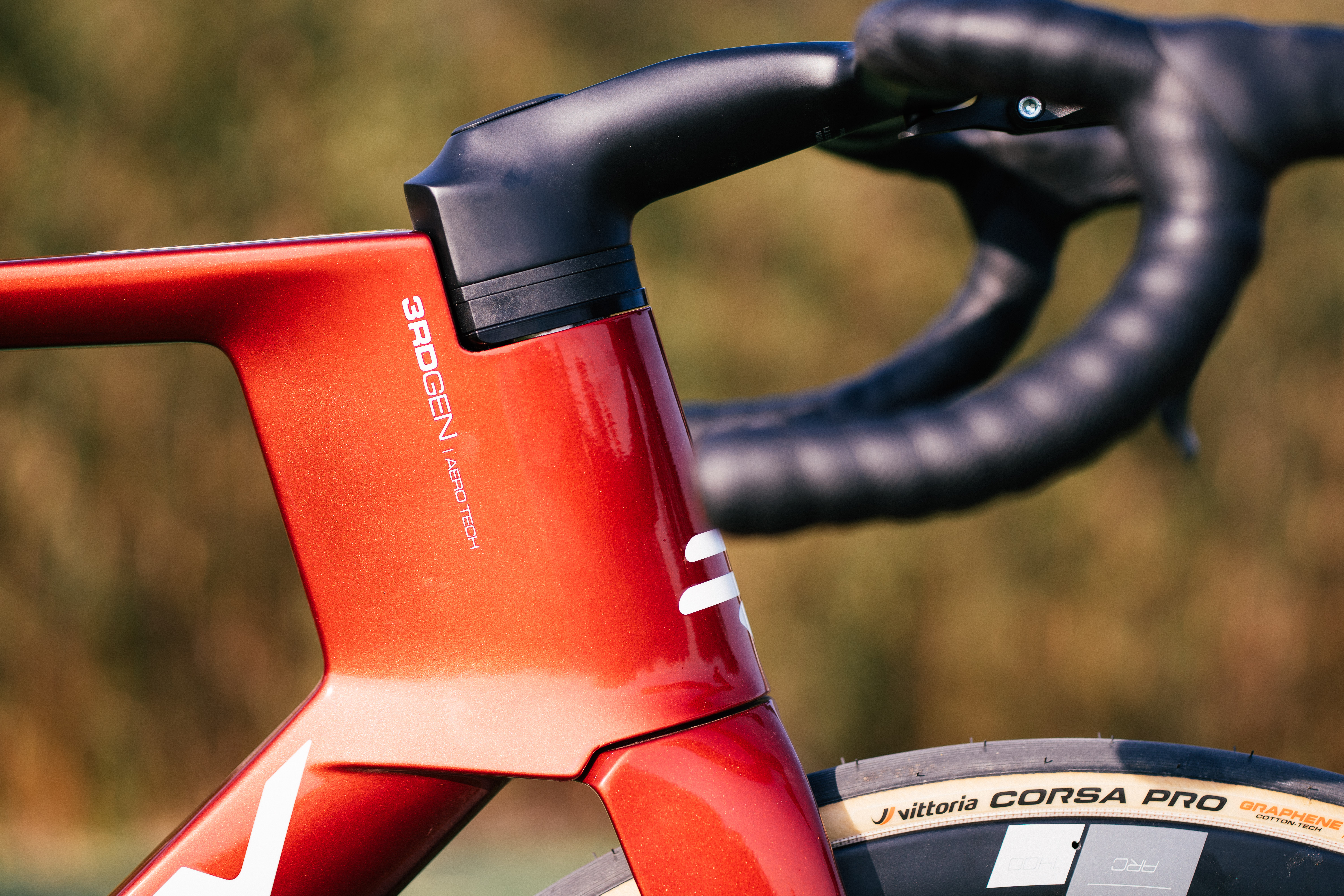
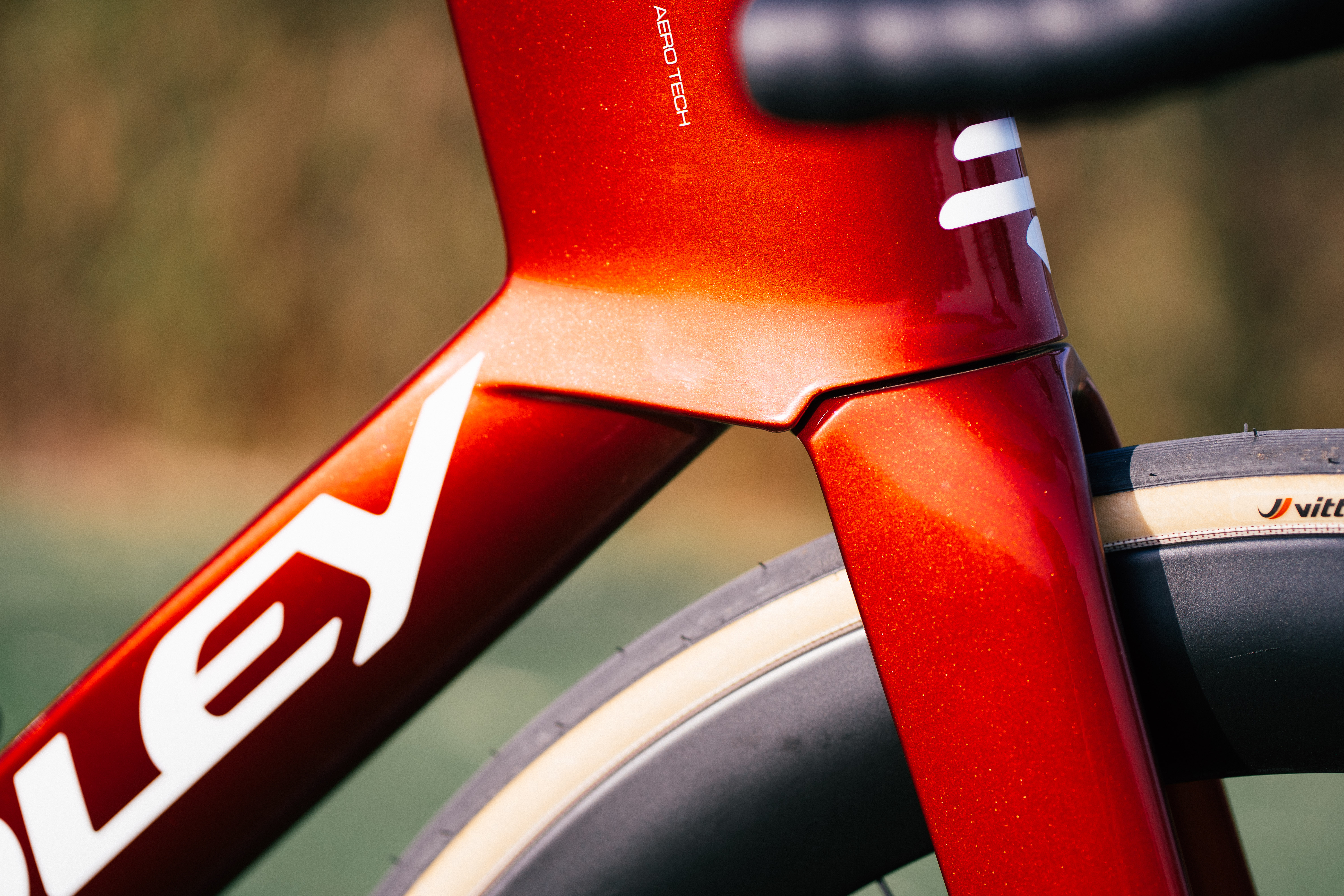
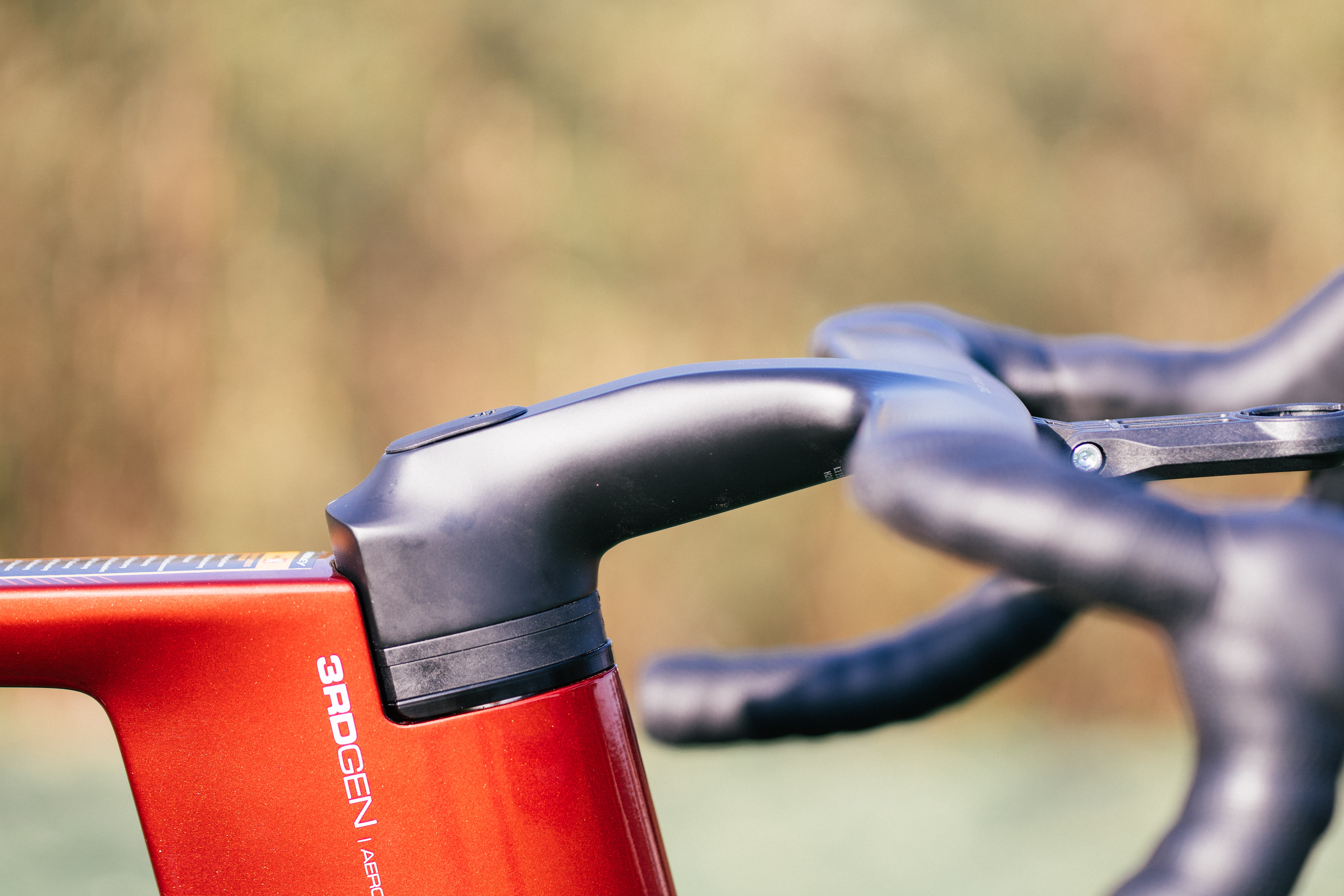
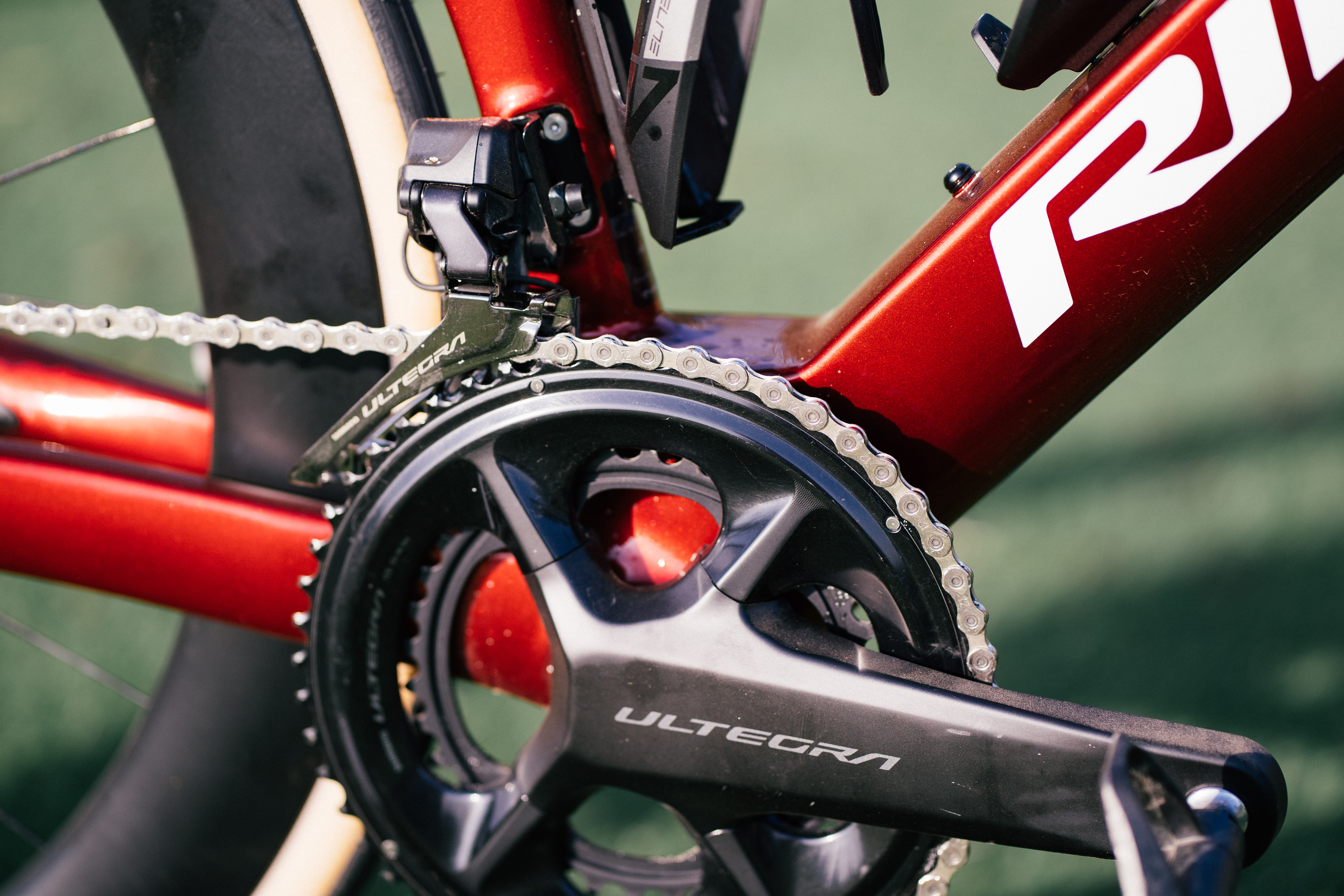
Design and aesthetics
This is going to be a Marmite bike. For readers outside the UK, Marmite is a horrible, yeast-based spread that is sort of what spreading burnt tyres on toast would taste like, but inexplicably some people love it. While I can’t stand Marmite, I actually think this bike looks incredible.
I’ve said it before in an article that was published shortly after the radical Colnago Y1Rs was launched, but fast bikes shouldn’t have to look pretty anymore. Like the Y1Rs, I think the looks of the bike come from a form-follows-function design, which I’m always a fan of, rather than unnecessary ‘design flair’. Don’t get me wrong, I love a skinny-tubed, classic looking road bike, but I’m fundamentally an 8-year-old boy and the Noah Fast 3.0 is futuristic, shiny, and more than a little brash. Yes, my best friend said "I’m sure it looks good and is fast but that head tube is gopping", but it also had a crowd gather round it at the car rental office in Lille, so in any case it’s going to get attention.
Looks aside, let’s start at the back and work towards that massive head tube. The new UCI rules, whereby bikes only have to fit in a set outline and no longer have to conform to a 3:1 ratio, are about two years in now, so brands are just starting to butt up against the limits of the design constraints. The seat stays for the Ridley Noah Fast 3.0 are about as dropped as it’s possible to be, but it's the seat tube where things get interesting (really, stick with me here).
There’s been a growing trend among pros to slam their saddles all the way forward, combined with a longer stem. This gets the rider over the front wheel more but also opens the hip angle up (especially when combined with shorter cranks a la Tadej Pogačar), but it’s hard to achieve on some bikes with traditional seat tube angles. The aim is better power transfer, though it's far from clear-cut at this point.
It’s a matter of a single degree, but the seat tube angle is 1º steeper compared to the previous generation. It doesn’t sound like a lot, but when combined with an inline seatpost and extended the length of the whole tube-post combo it shunts one forward quite considerably. Compare this to the Pinarello Dogma F, which has a seat tube angle that’s half a degree slacker, but ships with a 20mm setback post and… well look at the pictures of how I had to have my saddle to get the position I wanted. On the Noah, I could quite happily use the whopping stem with relative ease. The bars are slightly backswept too so it looks longer than it is.
The downtube is, as you might expect, massive. Unlike bikes like the Cervélo S5, which has a downtube that tapers to a point not much wider than a bottle boss, the Noah Fast 3.0 balloons out to direct airflow around both bottles. Given that the pros, and neutral service too for that matter, use round bottles it was designed with them in mind rather than the aero bottle setup that we see on the Cannondale SuperSix Evo and the Trek Madone.
Up top, the top tube has been raised. Not for any aero reasons in and of itself, but in order for the headtube to act as a continual fairing for the back end of the cockpit. Standard stems and even most integrated one-piece offerings end abruptly, causing turbulence and added drag. Hiking up the head tube and setting the stem into it creates a smoother transition, though it does mean there’s very much a hard stop on how much the bars can turn - this is only even an issue if you need to do a hasty U-turn though.
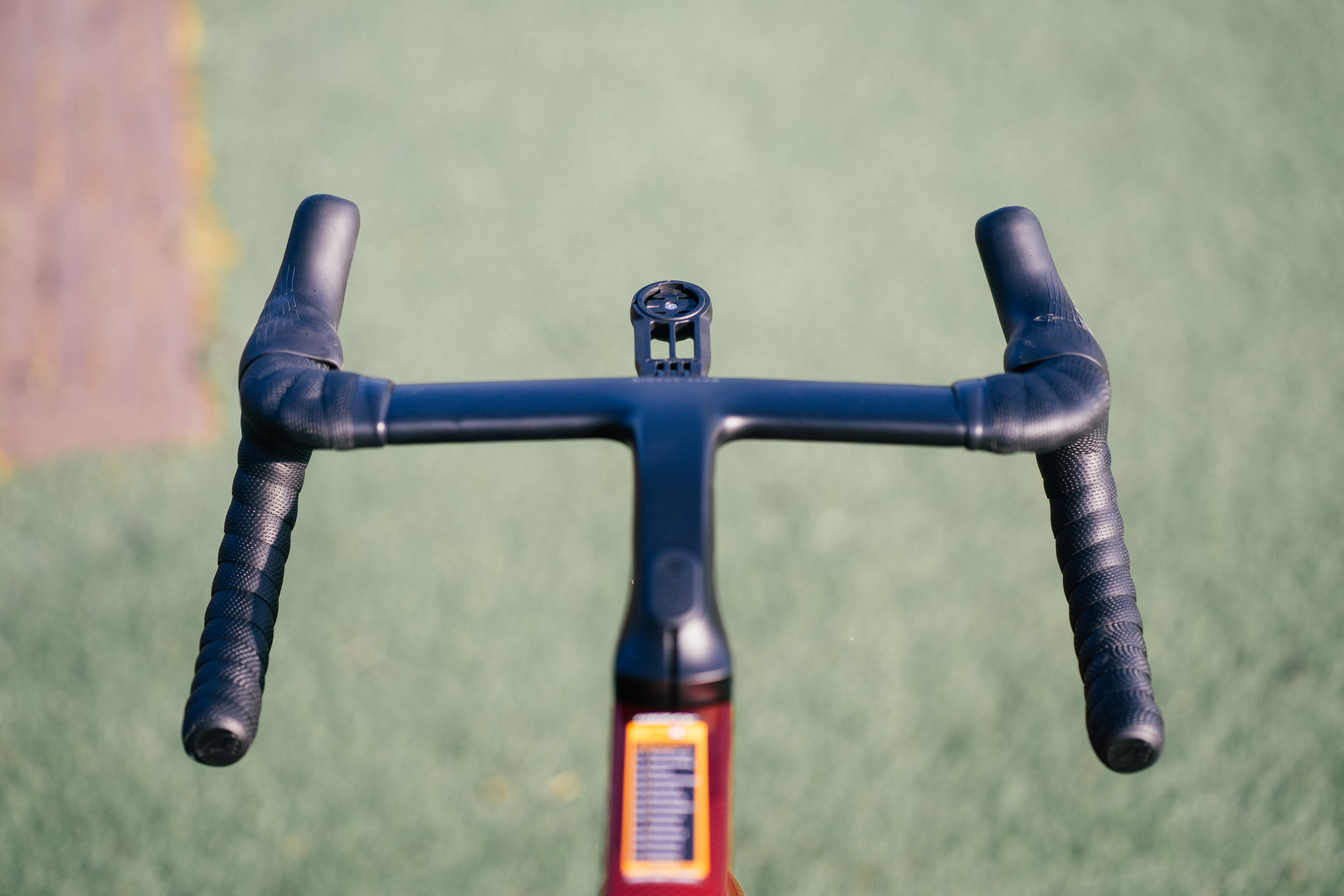
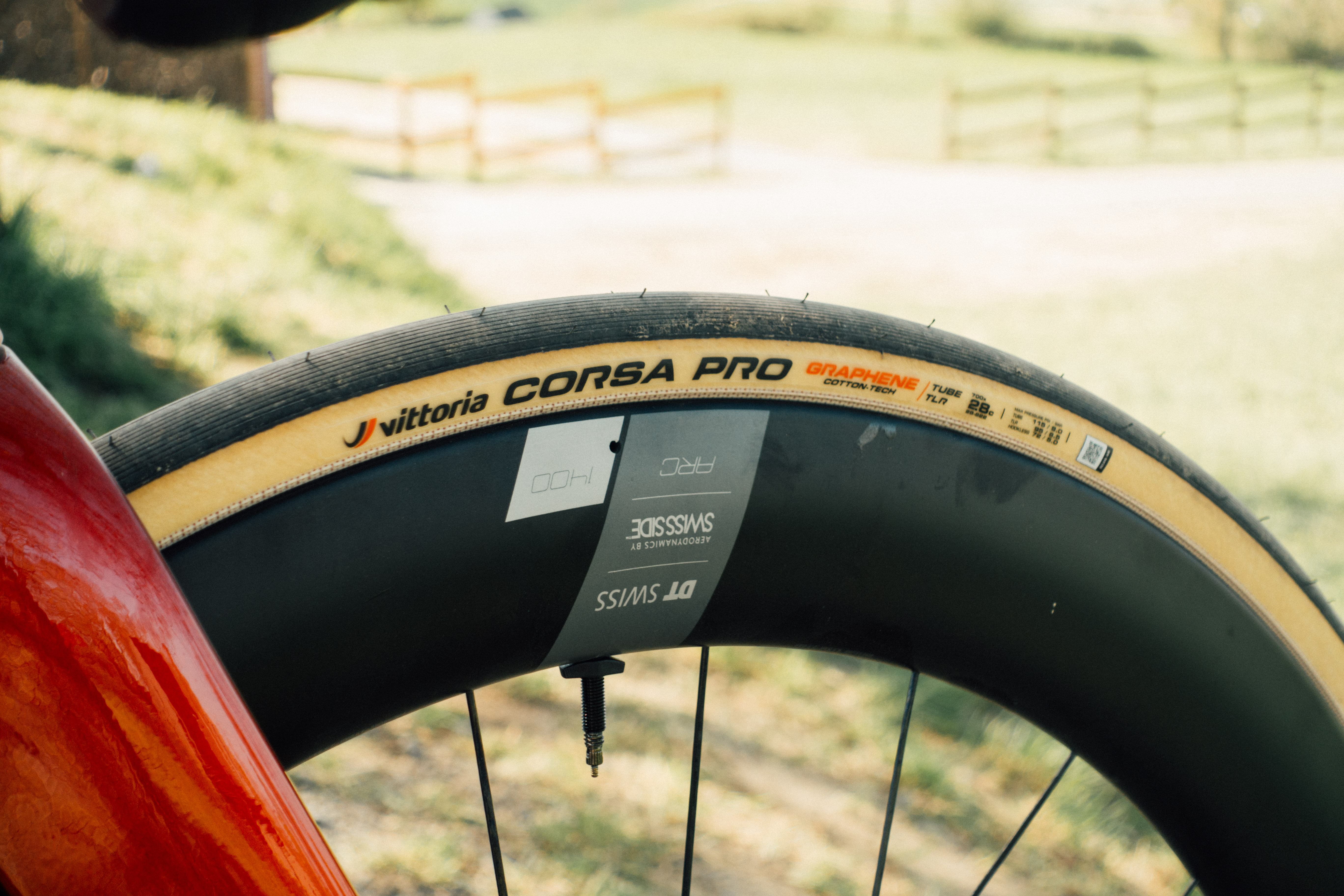
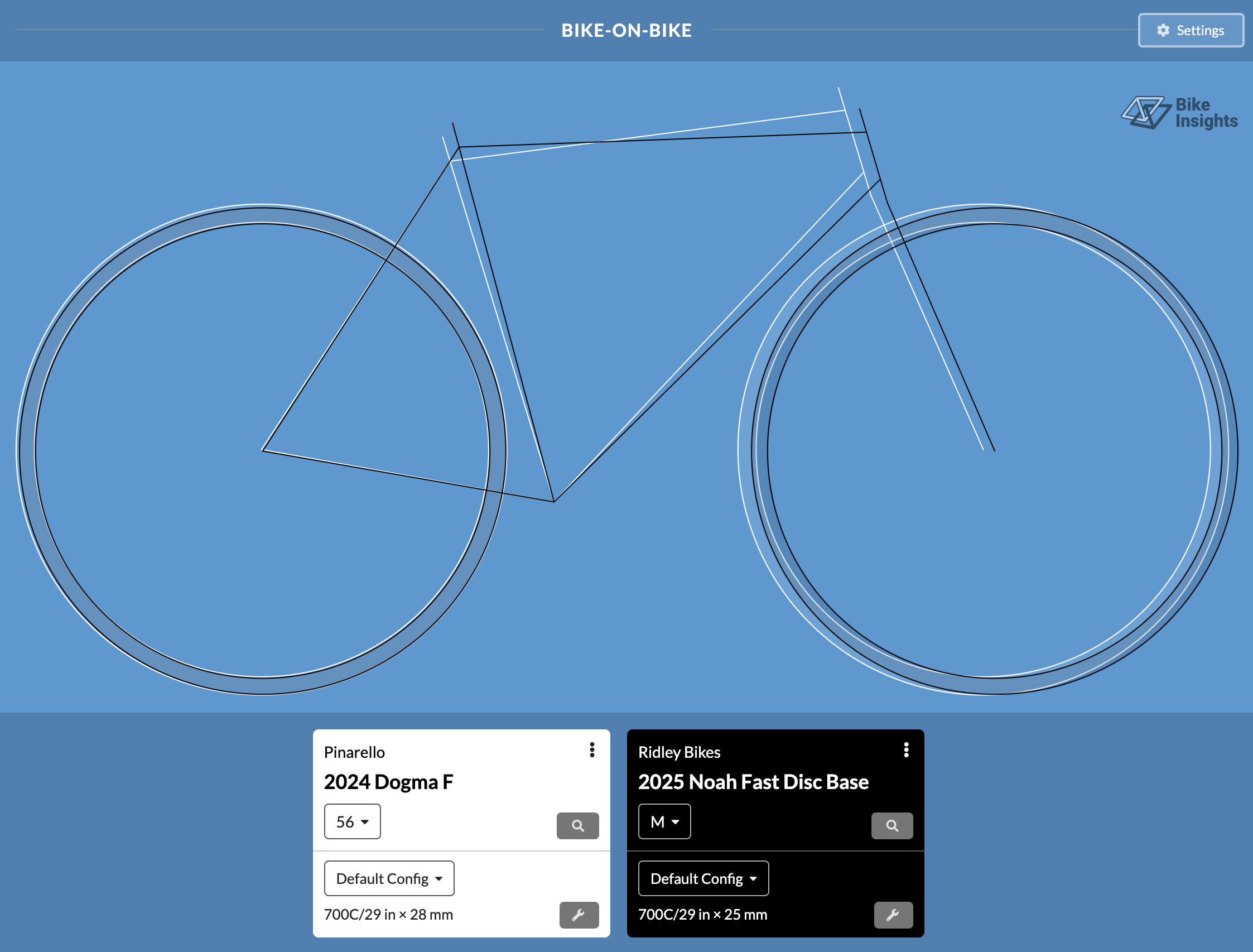
The cockpit is all part of a new fit system. Steepening the seat tube puts riders further forward, and so longer stems are needed. To avoid the use of too many spacers, which would negate the good work of setting the stem into the head tube, the cockpit is offered in a huge variety of sizes. There are three different ‘stem stack’ options (55mm, 75mm, 100mm), and in each of those stack options, there are five stem length options, making a total of 15 options. There are no width options though: Everyone gets 36cm at the hoods (with a little inward-turn to the hoods) and 40cm at the drops. The pro riders of Uno-X get bars that are 33cm at the hoods and 37cm at the drops, but those aren’t available for consumers.
Ultimately I advise you - as I always will - to consult your bike fitter, but the short version for this review is that I threw a leg over a 56 and it was still the right length. Plus, it feels pro to have such a long stem, but that’s by the by. How does it ride, though? It’s nothing short of sensational.
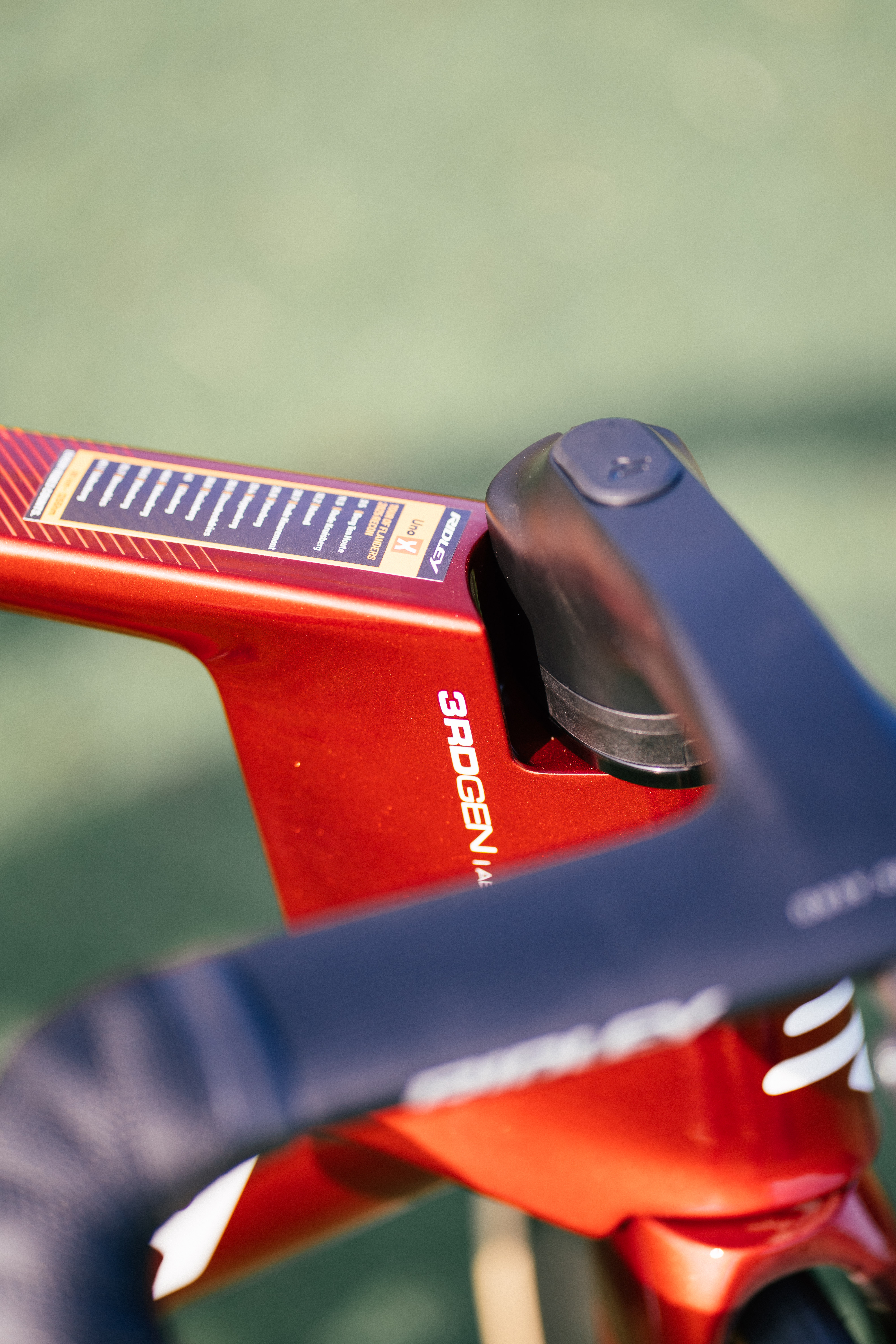
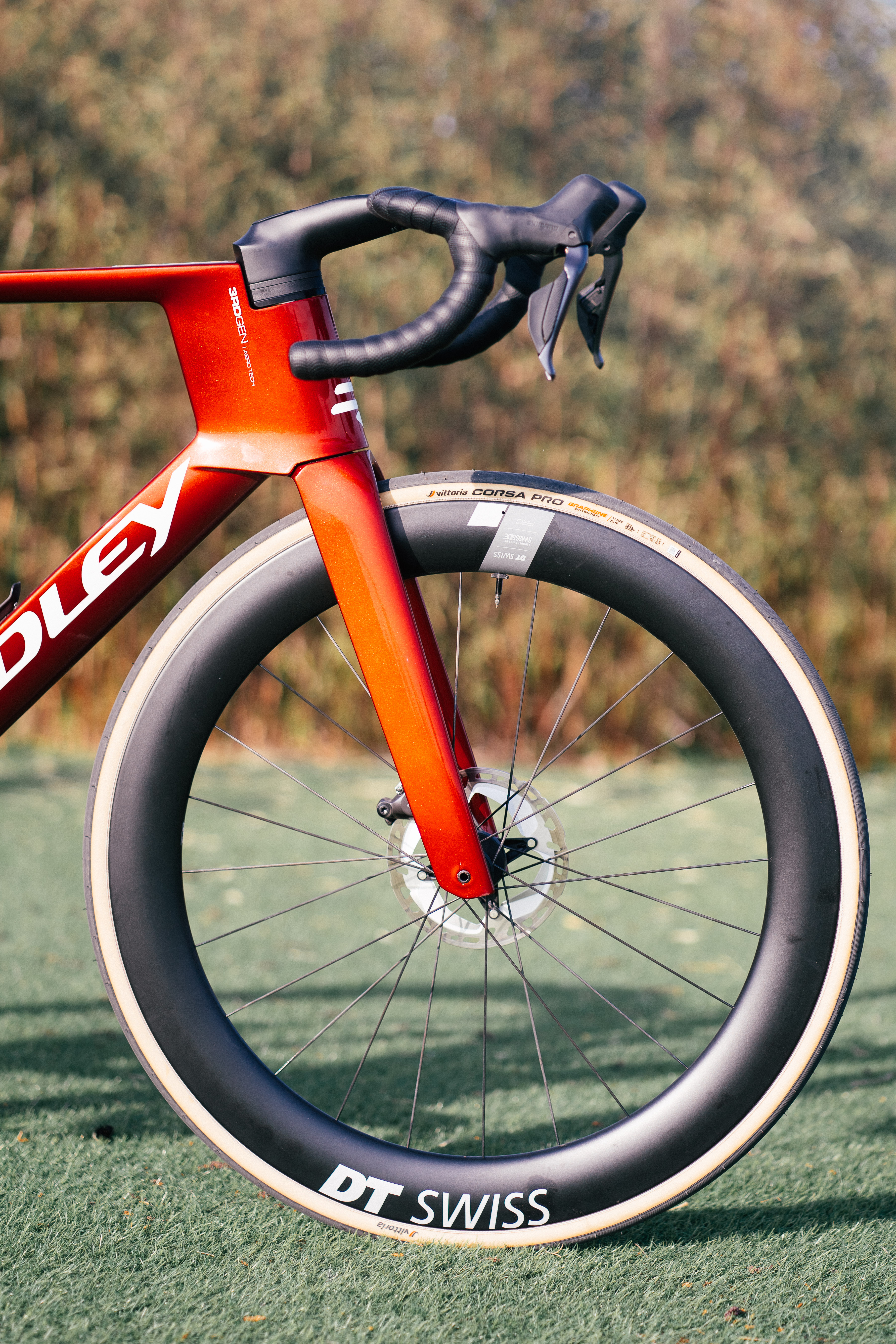
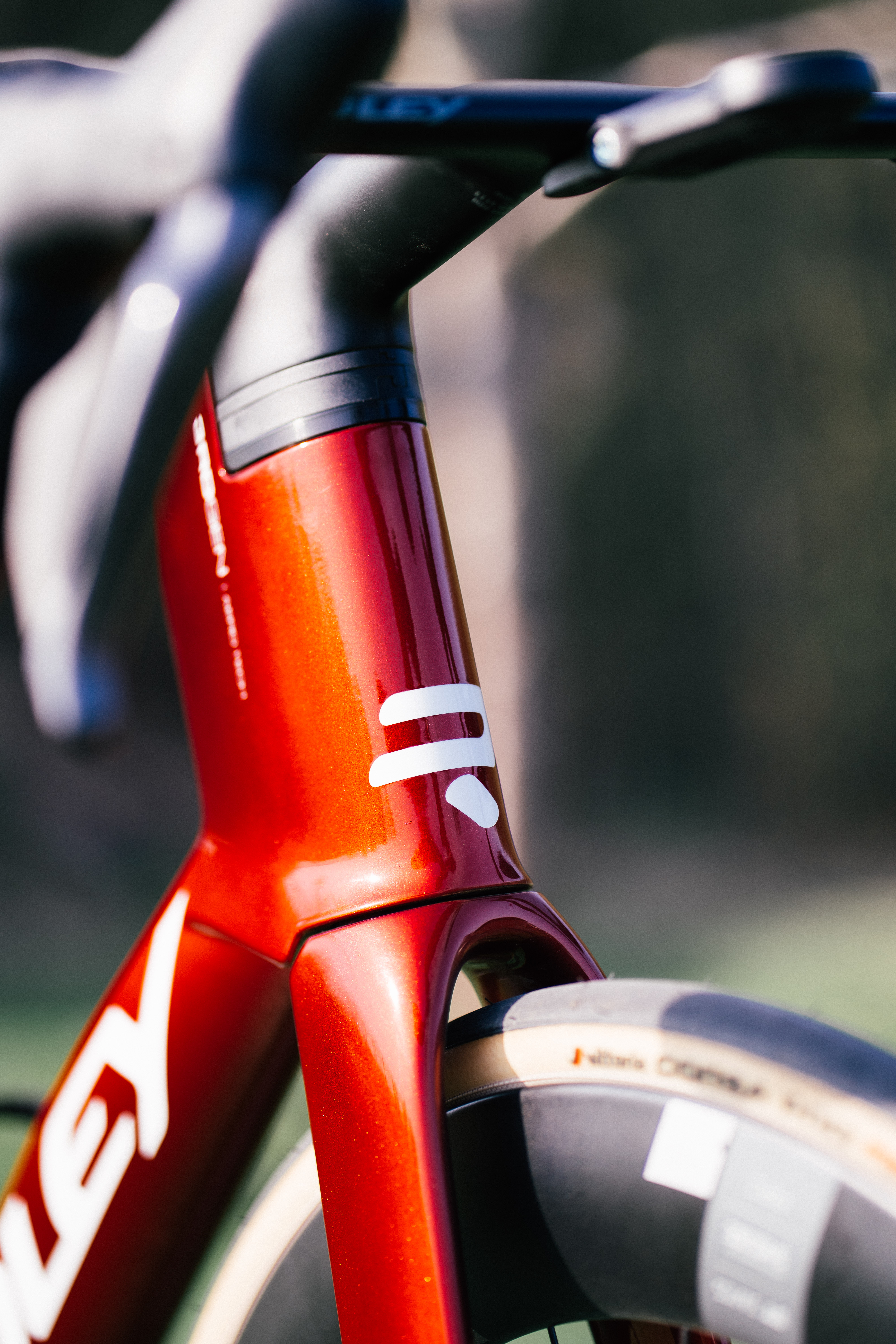
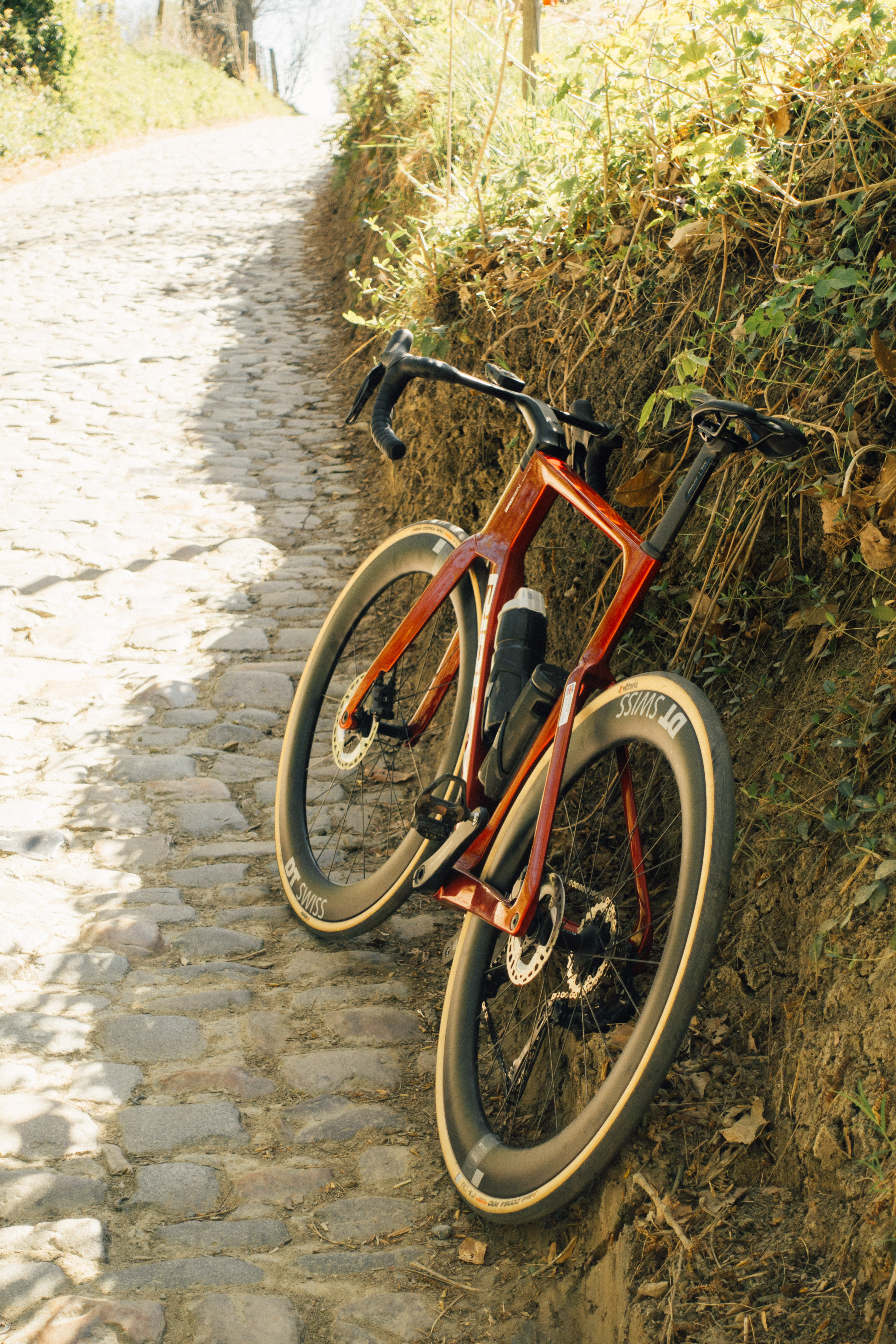
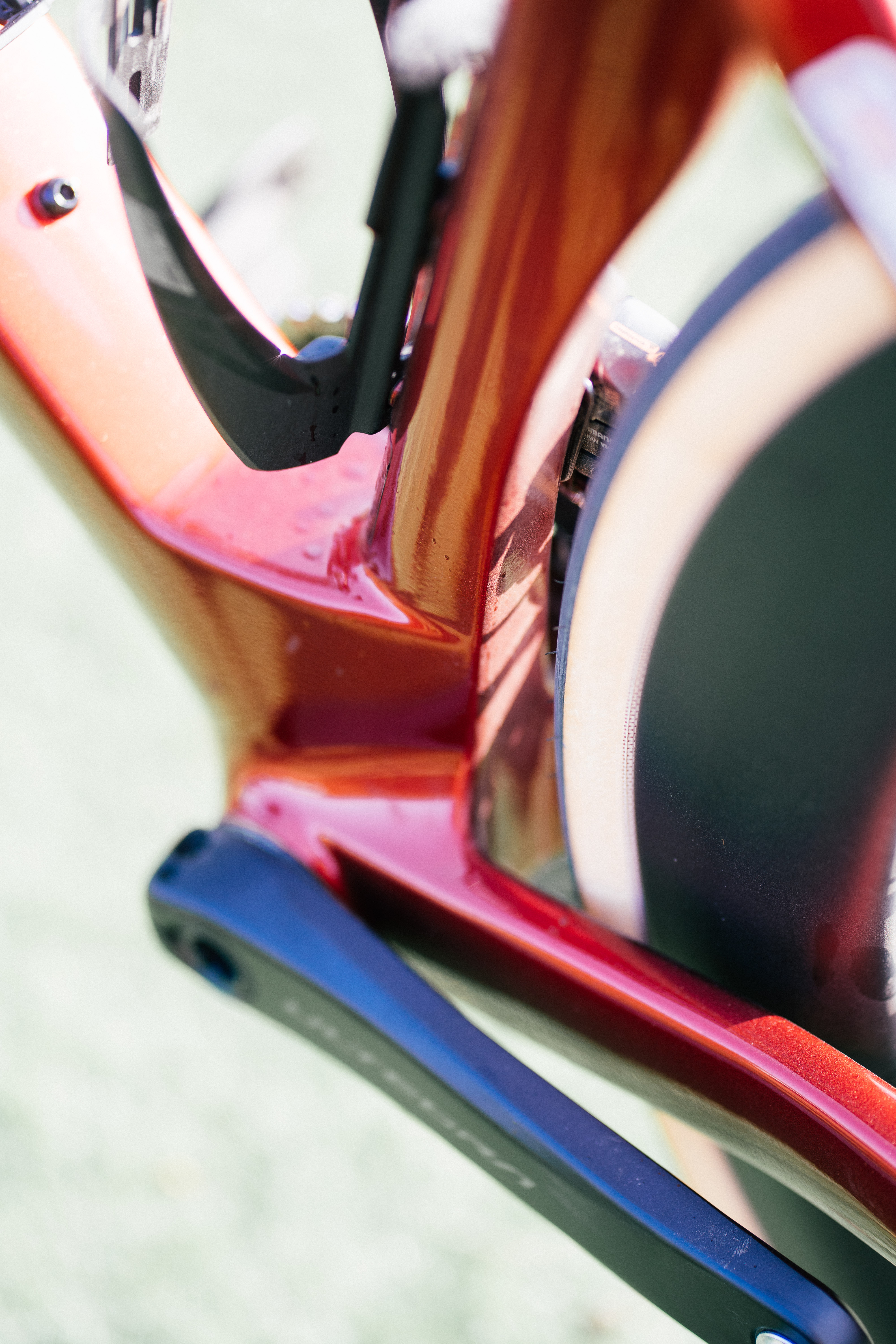
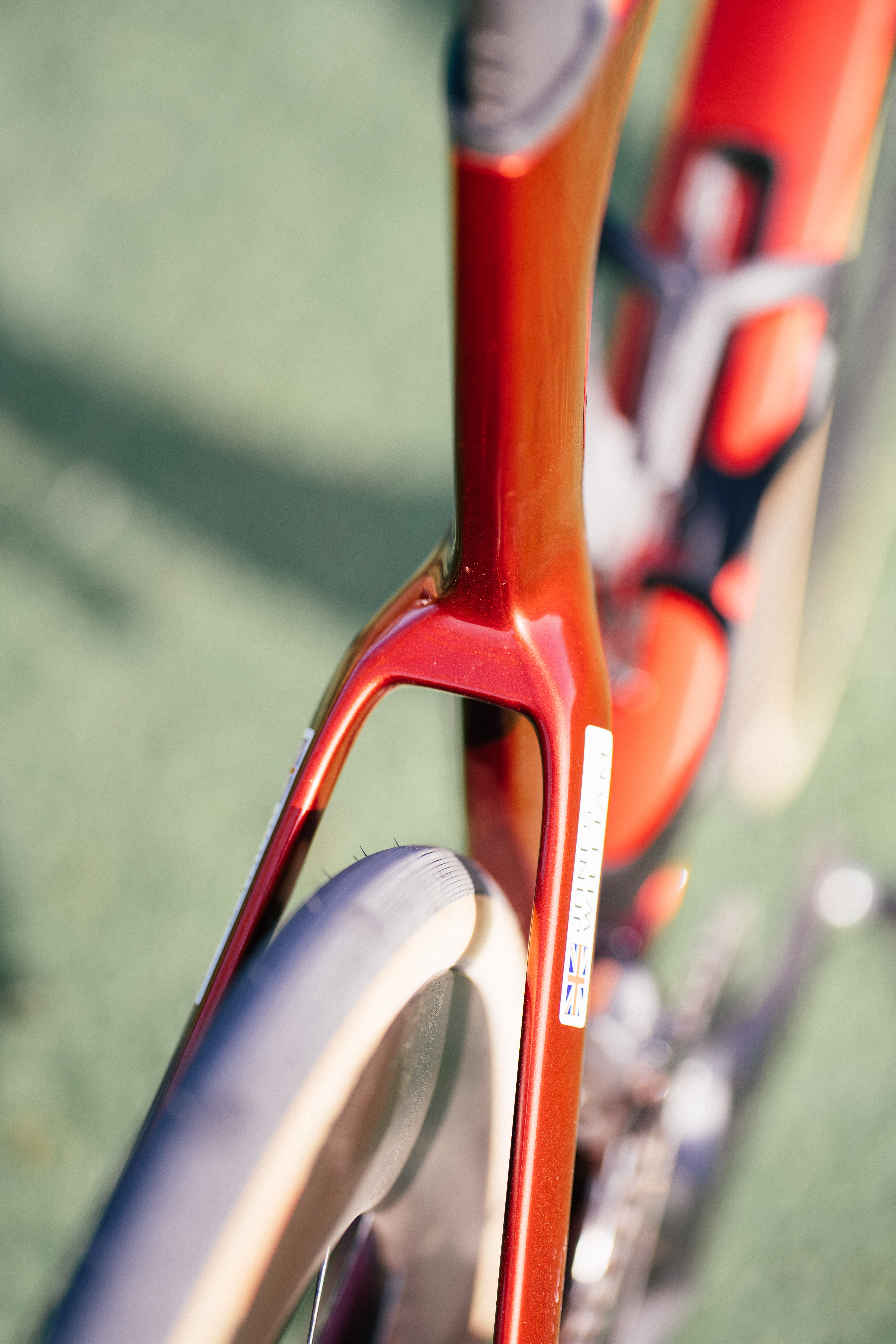
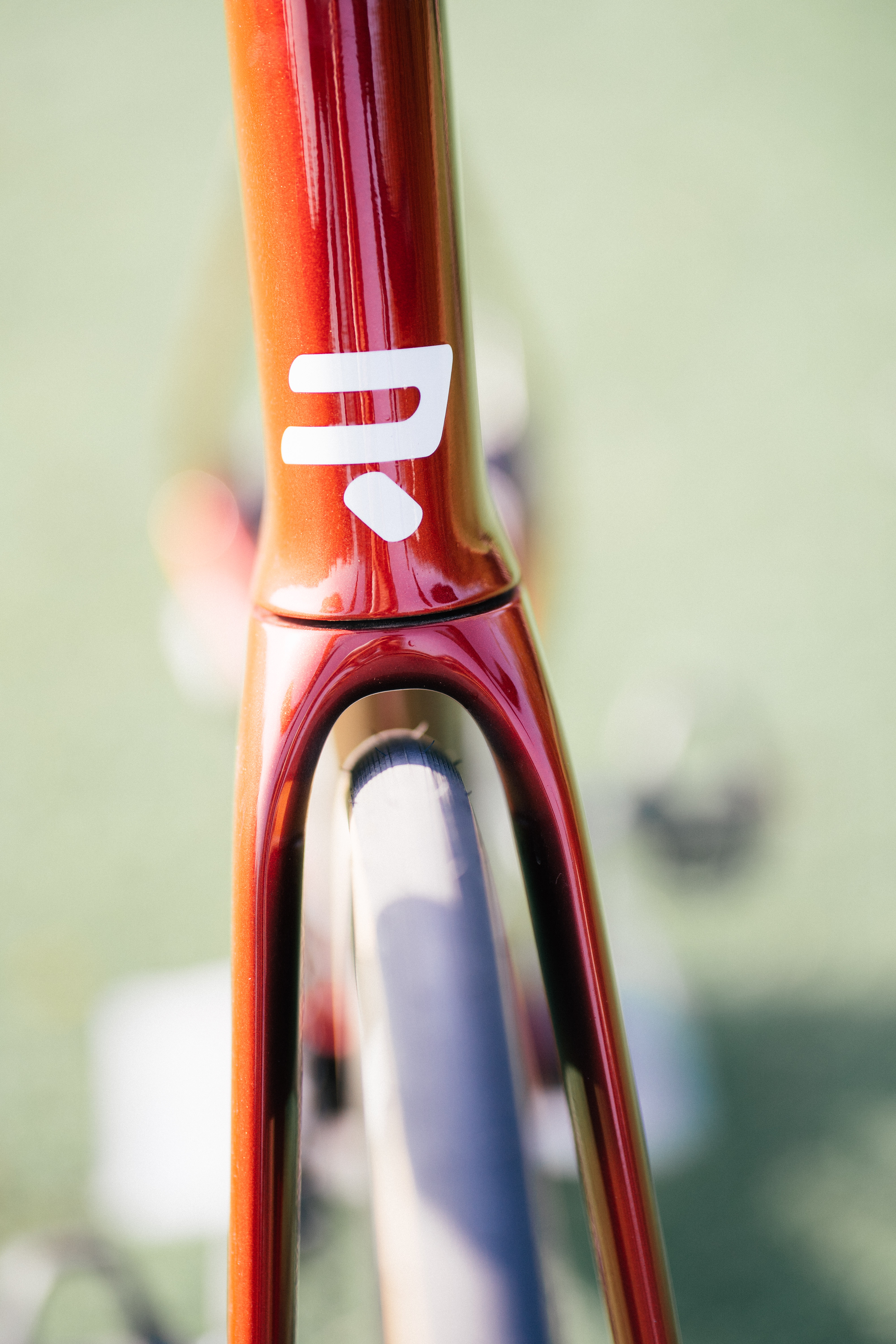
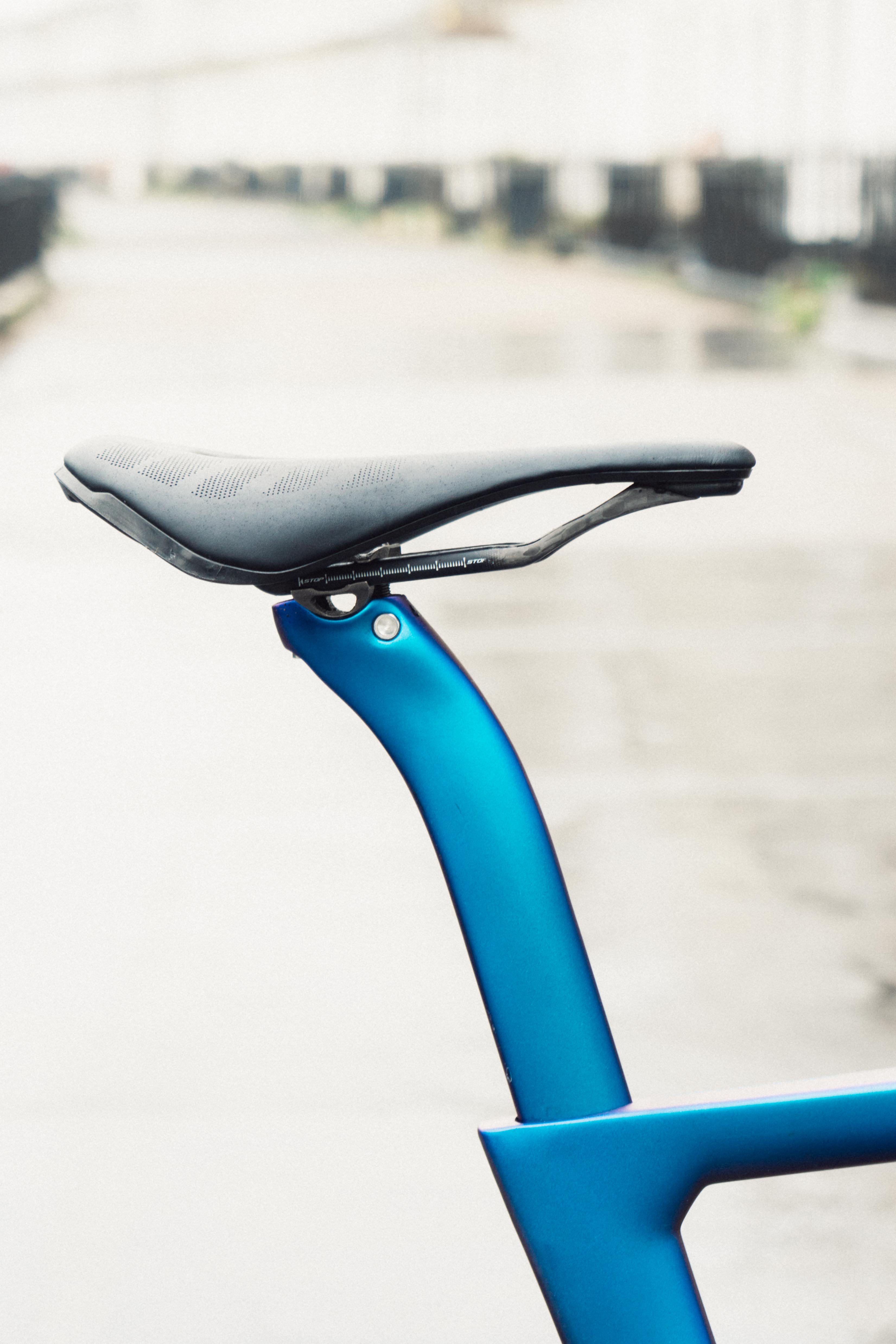
Performance
I’ll preface the following with a caveat… While some superbikes are very, very good generalists - the SuperSix Evo, the Tarmac SL8, and the Dogma F to name but three - The Ridley Noah Fast 3.0 is a very single-minded machine. It is not a bike for just kicking about on or for cafe riding. More so than the Cervélo S5 I recently finished up with it feels absolutely laser focussed on blasting through the countryside as fast as humanly possible.
What do you get for the sacrifice in everyday useability? An absolutely blistering ride. I can’t say for certain as I am not a human CdA calculator, but this is perhaps the first bike I’ve ever thrown a leg over that’s actually felt aero. It might have been the legs on the days I rode, though some big back-to-back days on the cobbles of Flanders probably means it wasn’t. It’s absolutely electric.
The bike itself is clearly designed in such a way as to cheat the wind, but the cockpit and the seat tube probably do more for your overall average speed than that giant head tube. You have to ride it long, low, and - more importantly - narrow. There are no barge-like 40cm stock bars for my usual 56cm size, so come what may you’re going to ride with your elbows in and your head down. If you aren’t used to this then your shoulders may protest a bit, especially on longer days, but that’s what’s needed to go fast nowadays. On flat and rolling terrain it’s sublime, encouraging you to eke that little bit extra out to maintain speeds that have previously eluded you. More than that, though, the handling is exceptional, and I think for two reasons.
Comparing it to my benchmark for handling, the Pinarello Dogma F, the Ridley Noah Fast 3.0 has a near-identical head angle, and a similar rear end, but a longer wheelbase. It still has wonderful, nimble handling thanks to the front end, but it feels noticeably more stable at higher speeds. The more forward position also means you’ve got more weight over the front tyre, and my immediate impression was that I could corner harder with greater confidence than with most other bikes I could bring to mind. It’s fantastic in this regard, meaning I could send it down unsighted descents with reckless abandon where I’d have had to back off with most other machines.
The steeper seat tube also comes to the fore when the road tilts upwards. I’m not going to tell you this is a climbing bike, because it isn’t - I haven’t weighed it because I didn’t pack a scale - but on the steeper bergs of Flanders, it certainly helped me stay seated when I would have definitely otherwise had to get out of the saddle. It’s a super specific example, and one I suspect that Ridley didn’t actually design for, but it helped nonetheless. On normal climbs, it doesn’t necessarily dance up them, but the lively front end and narrow bars certainly help it avoid feeling sluggish.
The tyre spec from the factory is a 28c front and a 30c rear, the same as on the Ridley Falcn. This is the same sort of thing as is going on with the Van Rysel RCR-F, though one rung wider on the scale. The bike would fit a 34c, and to be honest I think a 32 or even a 34c would absolutely rip, maybe combined with a 1x13 SRAM Red XPLR drivetrain à la Mads Pedersen. You’d be giving up maybe a hair of aerodynamic gain, but overall you’d almost certainly be faster unless you’re always riding perfect tarmac. Over the cobbles, and especially descending the Koppenberg (not recommended) I definitely wanted more tyre, but that’s such a specific sort of ride I’m not going to mark it down just for that.
All in all it’s a fantastic bike to ride if you want to rip about, or if you’re actually racing. On slower-paced rides, it actually feels wasted, which is quite a novel feeling. I will be pretty sad to give it back, but given that I don’t actually race, by my own definition it’s slightly wasted on me.
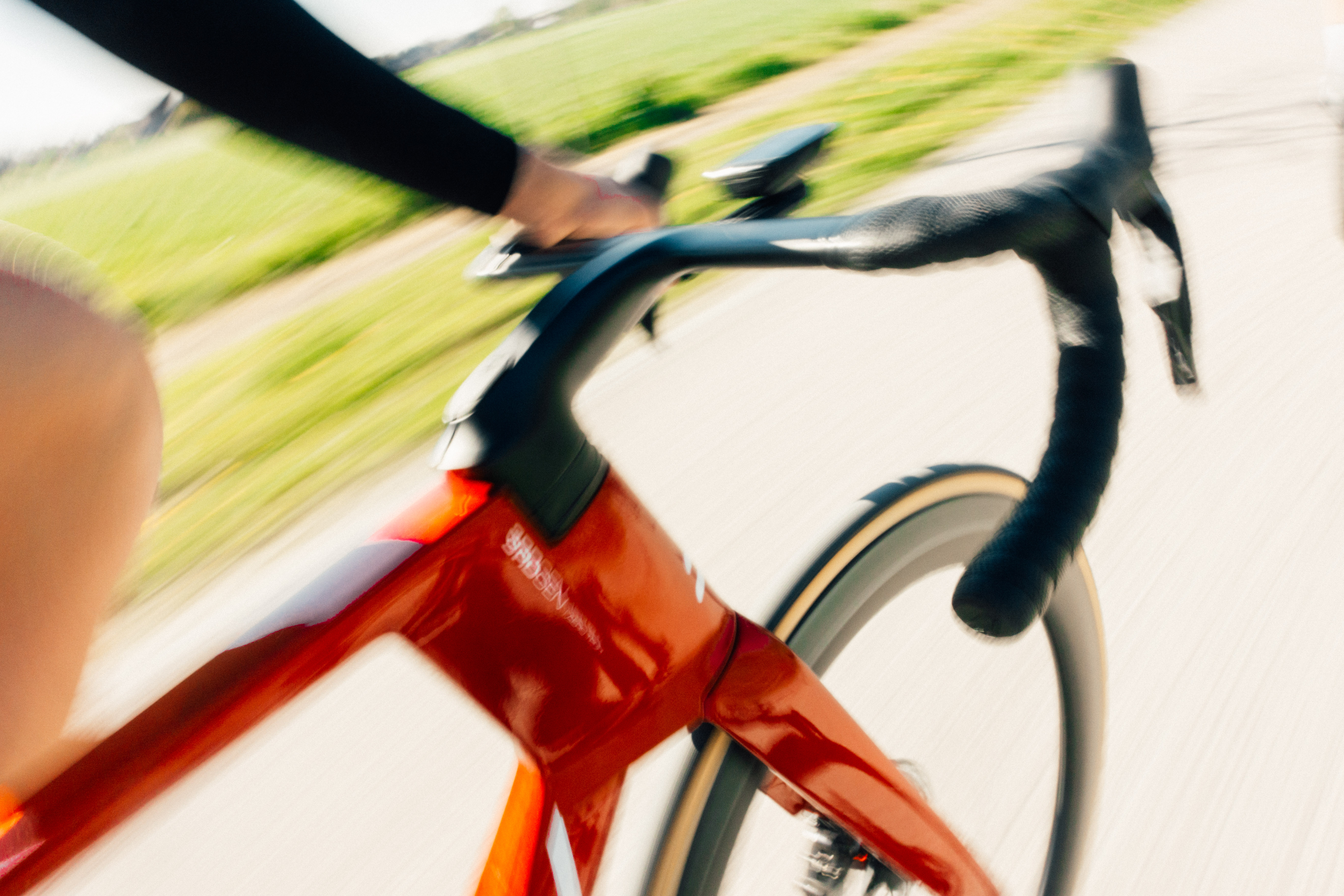
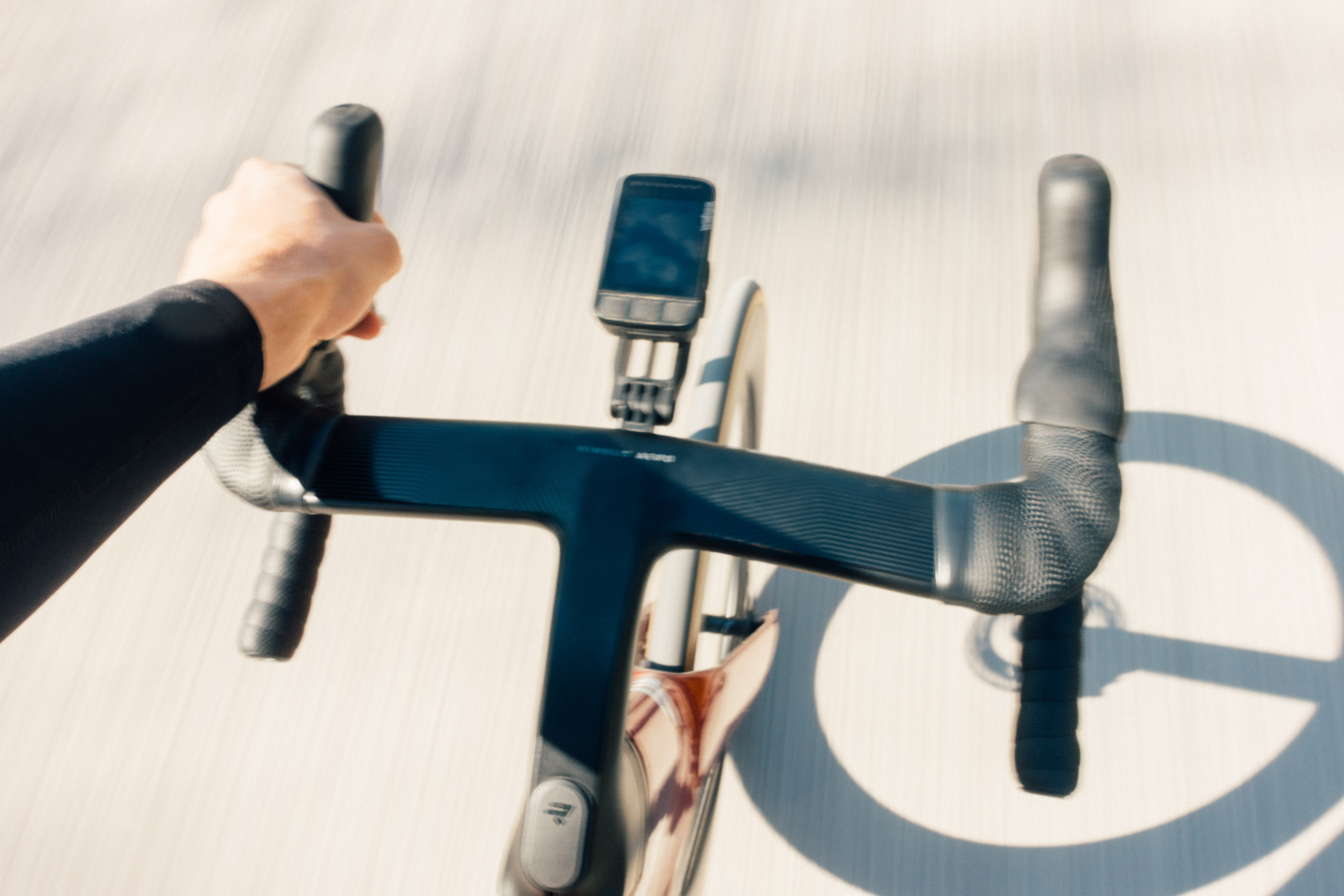
Value
I alluded to the fact that this bike feels like the first of a new generation of aero bikes, though in reality, it isn’t. That’s probably the Colnago Y1Rs. I haven’t ridden that particular machine yet, though I have been promised one to test soon, but in price terms, if you want a hyper-modern hyperbike to cheat the wind then you’ll be at least €3,000 better off with the Ridley, which is a lot.
Moreover, the Y1Rs is only available in top-spec builds, whereas you can pick up a Ridley Noah Fast 3.0 with SRAM Force for under €10k, or even better in my view a Shimano Ultegra setup €8,799, which represents interstellar performance for what is actually a really quite reasonable price. Yes, I know, it’s nearly nine thousand euros, but in the context of top-end race bikes the price-performance ratio here is really very, very good.
There isn’t even anywhere where the build has been cheaped out on either. The DTSwiss wheels are excellent, the Vittoria Corsa Pro tyres likewise, and even the saddle is great (though it helps that it’s my style).
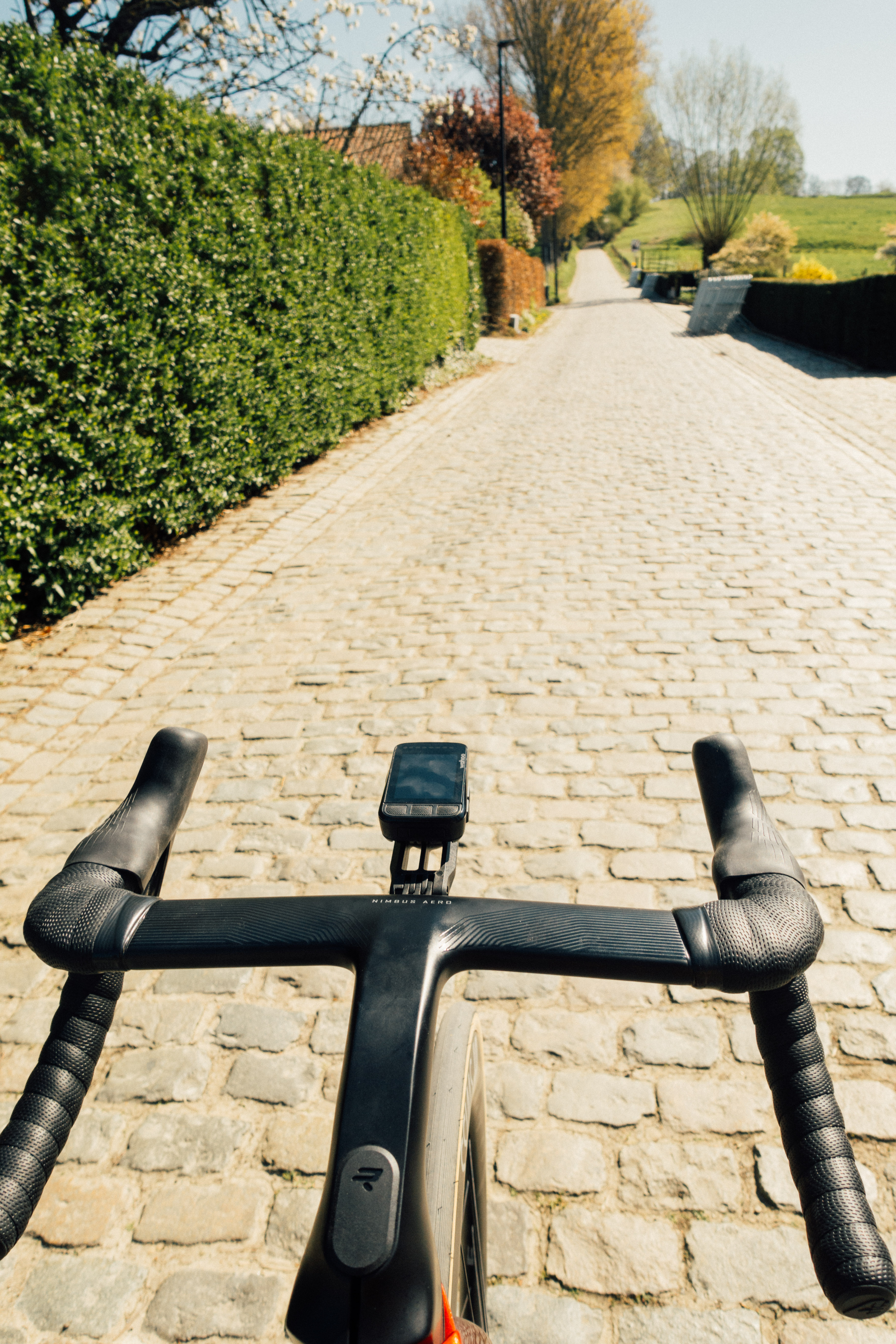
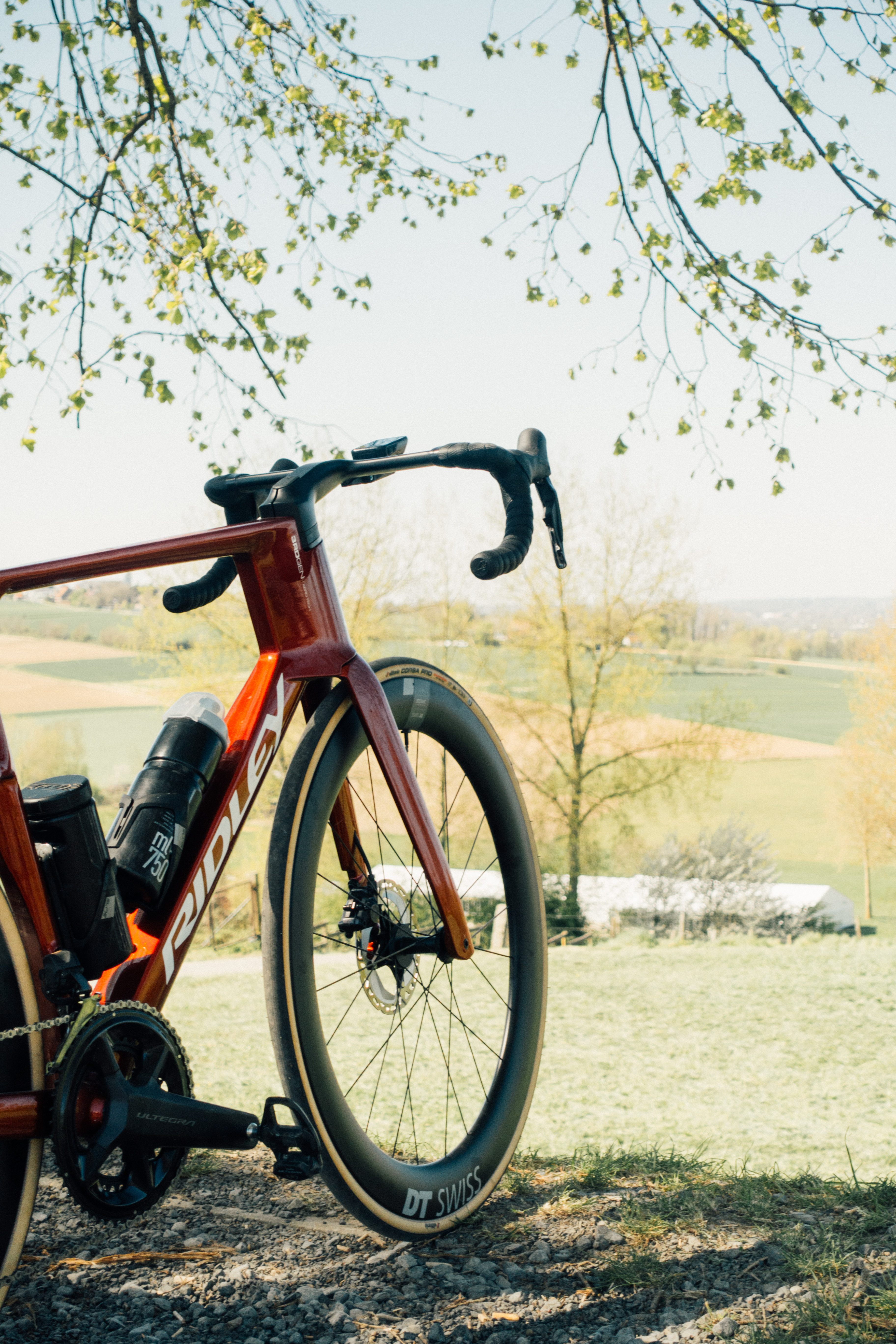
Verdict
The Ridley Noah Fast 3.0 feels like a sea change in bike design. It’s so radically different in terms of not only the front end integration, but also the position it forces the rider into, that it’s unlike anything I’ve ridden before. It’s ballistically quick, it forces you to be aerodynamic in your position, and the handling is sublime.
Judging it as a race bike it’s genuinely hard to fault. In fact, in my time on it I can’t think of a reason to mark it down in terms of pure performance. It’s right on the razor’s edge of what’s possible right now with the rules as they are and with bike development at the point it is.
If you want a bike to use more generally I don’t think this is it, unless you can get the bar and stem to fit a more standard riding position, which sort of defeats the object of the whole machine.
I don’t necessarily think that’s a valid criticism given that it’s been designed to be ridden as fast as possible though, but with my consumer advice hat on I’d say if you want a bike for racing then this has to be in the consideration pile, but if you just want a bike to ride then go elsewhere.
